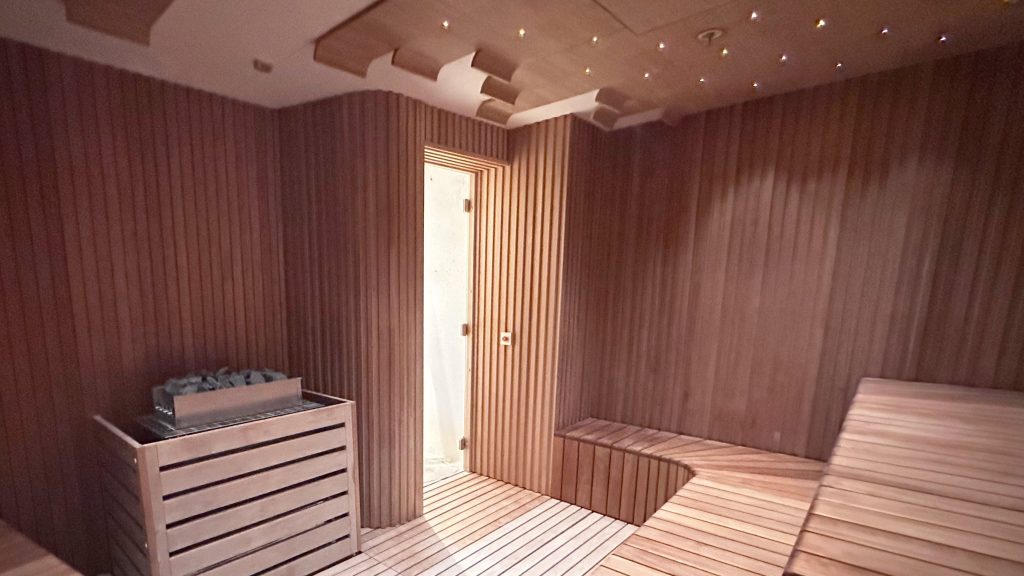Today, Traditional Saunas (or Finnish Saunas) are very common to find.
For relaxing after a hard day’s work, for warming up from the cold, and for parties with friends and family. Entering the sauna, one can distress from their current life and improve oneself.
What Defines a Sauna?
The basic premise of a traditional sauna involves heating stones to a high temperature, with water thrown on the stones to produce steam and a sensation of increased heat.
The temperature range of a traditional sauna is somewhere around 75 – 90 °C, which means the air inside room is above the dew point temperature, even when water is vaporized. Thus, the room interior remains dry, with a humidity of around 5 – 15%.
All traditional sauna cabins are made of wood, which can easily withstand high temperatures, helps to retain the sauna’s heat.

The Origin of Sauna Baths
Dated ten thousand years ago, the earliest recorded saunas were primarily used as dwellings during the Nordic winter. It was caved draped with animal skins, with a fire burning inside under pile of stones at the bottom. Once extinguished, smoke formed and subsequently began to fill the cave and keep it warm. Besides of heating, the smoke also sterilized the cave, creating a safer, cleaner place for families to live in the harsh winter landscape.

In the mid-19th century, the first Finnish sauna was a type now called Savusauna aka Smoke Sauna, comprising small, cross-timber buildings which were built on cornerstones with an earth floor. Before bathers walked inside the sauna, the cobble-stone stove would be left to heat for several hours till the smoke was let out, and the sauna was ready to use.
The smoke saunas were then replaced by a new type, with a wood-burning fireplace for heating stones, which enabled bathers to stay inside the sauna while the stones were still being heated as the smoke was released through a chimney. This allows the sauna to be used sooner after being lit, and to be kept in use as long as desired by adding more wood to burn.


Now in modern days, many saunas come with an electric heater, especially in homes and city buildings. Using a small amount of electricity to power them, they can be heated in just half an hour, serve as an alternative for wood-saving and ensure indoor safety.
With technological advances, sauna are no longer confined in the countryside. They are created in urban spas, hotels, sports facilities, and even modern household apartments no matter sizes. Sauna is not only an ancient tradition, but one that evolves over the ages.

